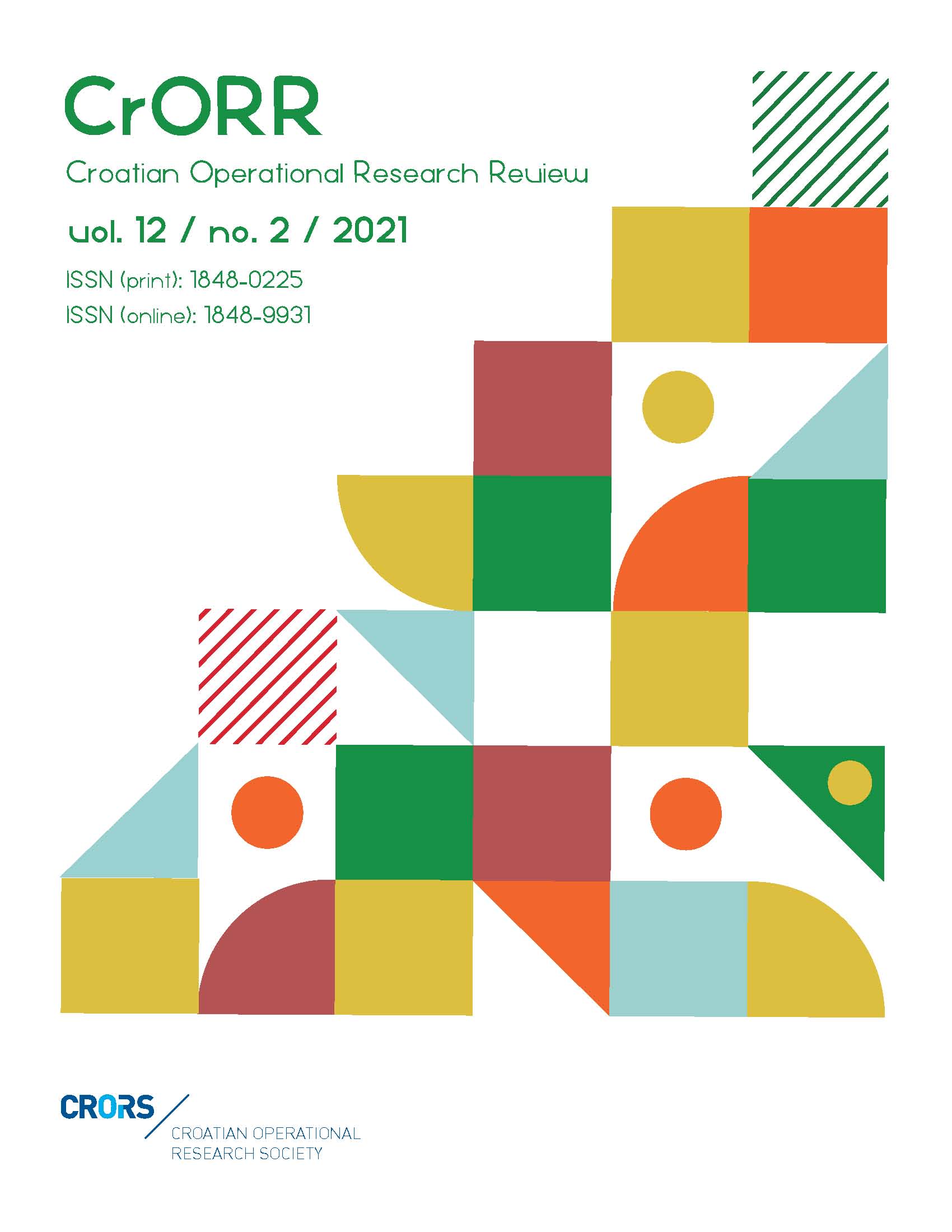The role of capital in bank failures across EU-15 countries: backward LR approach
Abstract
Resolving the puzzle which financial indicators do persistently indicate severe disruptions in the business of banking, is of the utmost importance for prudential authorities. Thus, the intent of this paper was to outline microeconomic determinants of bankruptcies within the banking sectors of the EU-15 countries, and to clarify the role of bank capital in it. Namely, the bank capital regulation was designed as both, ex-ante (bankruptcy prevention), and ex-post (bankruptcy costs reducer) regulatory instrument. Backward stepwise logistic regression was applied on the Bankscope data sample of around 60 commercial banks in the period that preceded the global financial crisis. Estimations were obtained for the year in which certain bank bankrupted as well as for each year over the five-year period prior the bankruptcy. The research findings confirm that a number of financial indicators, such as asset quality and liquidity indicators could serve as early warning signals of bank failures even five years before the bankruptcy. The results for bank capital ratios were non-persistent regarding their sign and significance in the year preceding the bankruptcy and several years prior to bankruptcy. Finally, the most convincing results speak in favor of the too-big-to-fail phenomenon, as bank size explains the most its survival odds.
Downloads
Published
Issue
Section
License
- Authors retain copyright and grant the journal right of first publication with the work simultaneously licensed under a Creative Commons Attribution License that allows others to share the work with an acknowledgement of the work's authorship and initial publication in this journal
- Authors are able to enter into separate, additional contractual arrangements for the non-exclusive distribution of the journal's published version of the work (e.g., post it to an institutional repository or publish it in a book), with an acknowledgement of its initial publication in this journal.
- Authors are permitted and encouraged to post their work online (e.g., in institutional repositories or on their website) prior to and during the submission process, as it can lead to productive exchanges, as well as earlier and greater citation of published work (See The Effect of Open Access).


